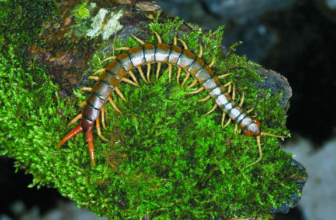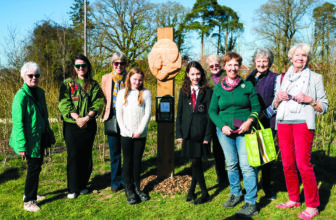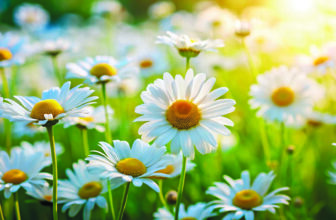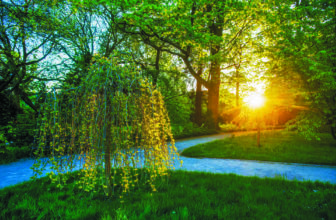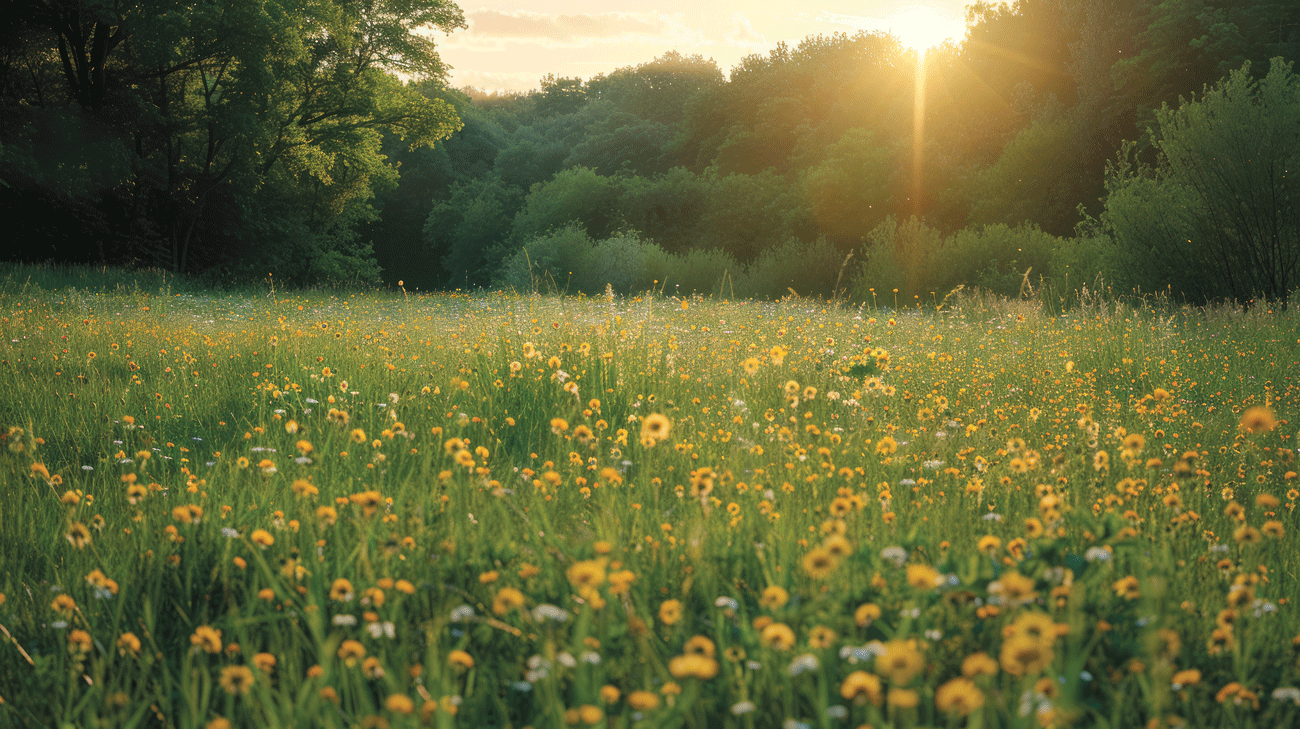
by Miki Marks
We had to make the booking for places on the Knepp ‘Safari’ months ago. The day finally arrived, warm and dry, with a slight breeze. Knepp, near Horsham, is now internationally famous as ‘that place that rewilded its farm’. The estate is huge, 1400 hectares, and sits in a beautiful position in the Sussex Weald. The problem was that the soil was completely unsuitable for intensive agriculture – and the traditional efforts to farm there were unprofitable and causing ecological damage. After much thought and advice the owners decided on a new approach. And this is what we had come to see. The first part of the visit was a talk about Knepp from the ecologists involved in the experiment – and then an escorted walk.
A priority was to define what exactly ‘rewilding’ means. It is not conservation work, which usually seeks to preserve the status quo. Nor is it ‘wilding’, a term to describe just leaving things alone and letting Nature do the rest, which usually results in scrub, eventually ending with woodland. As the Wildlife Trust explain “Without some form of management, many of our woodlands will become dark. Over-shaded and dominated by tall overcrowded trees without variation in structure, age or cover.”
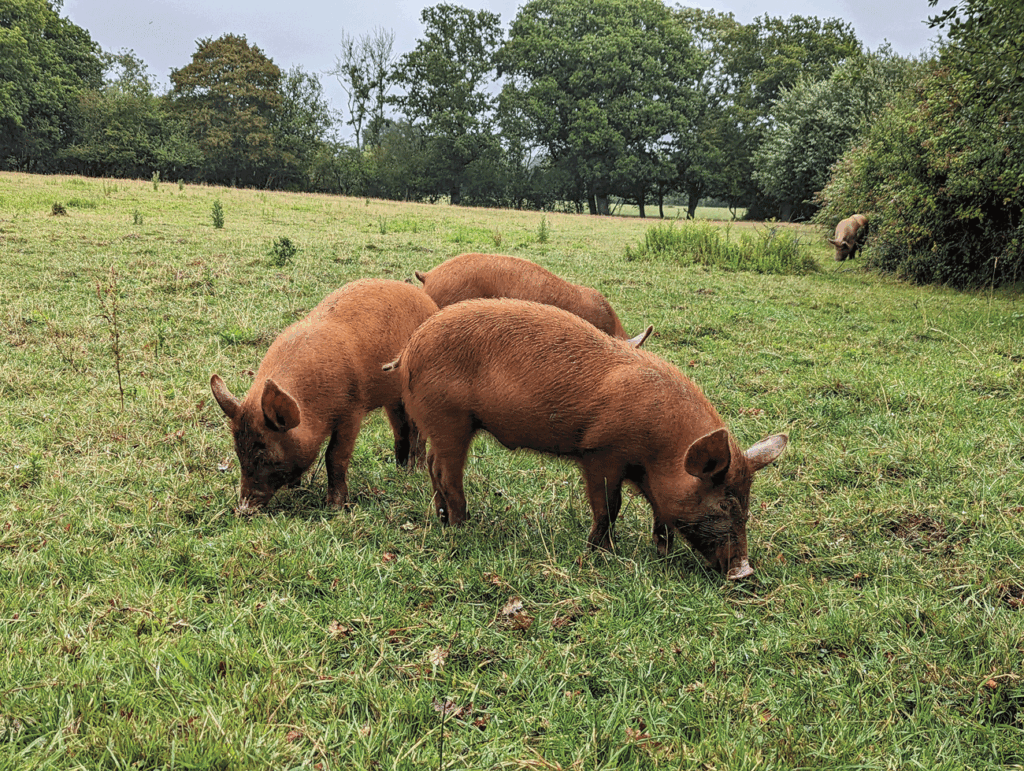
The plan at Knepp and the rewilding experiment is a long term vision which includes attention to the soil, the plants and the animal life. The aim is for there to be minimum intervention and for natural processes to lead. It is a way of thinking based on restoring natural systems.
The great experiment began in 2002. There was a good deal of criticism and negative thinking about the plans at the time. It is now 22 years on, and the critics have mostly been reassured and there is ample evidence to prove that the thinking was sound. Knepp has become a significant hotspot for some of Britain’s rarest species.
After our talk, we set off with our guides. Our destination was an area, once intensively farmed and which now has become a breeding ground for the rare purple emperor butterfly, Apatura iris. Once the agriculture stopped, the pigs moved in and with their snuffling and rooting created ideal ground for sallows (native hybridizing willows) to seed and grow. This is a perfect habitat for the butterflies and every year the number of sightings are increasing. We were very lucky to see a purple emperor taking part in a photo shoot and preening like the best celebrities at the Cannes Film Festival. For a better photo it had been lured from its usual habitat by shrimp paste smeared on a small path.
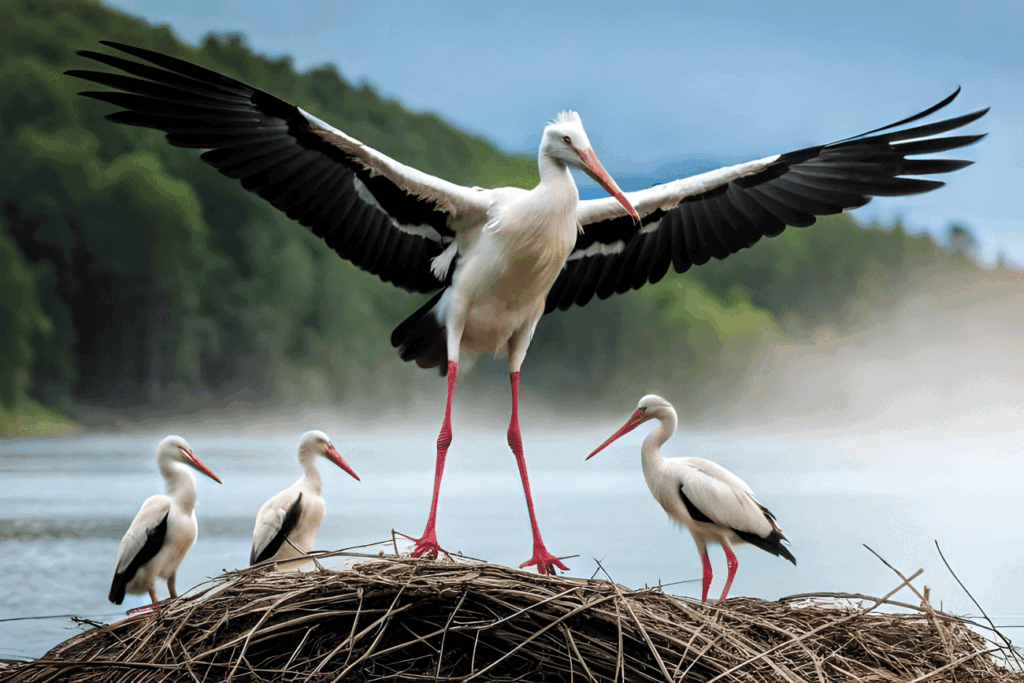
Another success story at Knepp is the reintroduction and flourishing of the white storks, Ciconia ciconia. There is evidence that they lived and bred in Sussex long ago – in fact, Storrington, near Knepp was called Estorchestone – which is Saxon for the’ Village of the Storks’. Success depends on an active re-introduction process plus the proximity of a number of colonies. They were re-introduced in 2016 and now there are several nesting pairs. We enjoyed watching the stork fledglings practising their newly acquired flying skills.
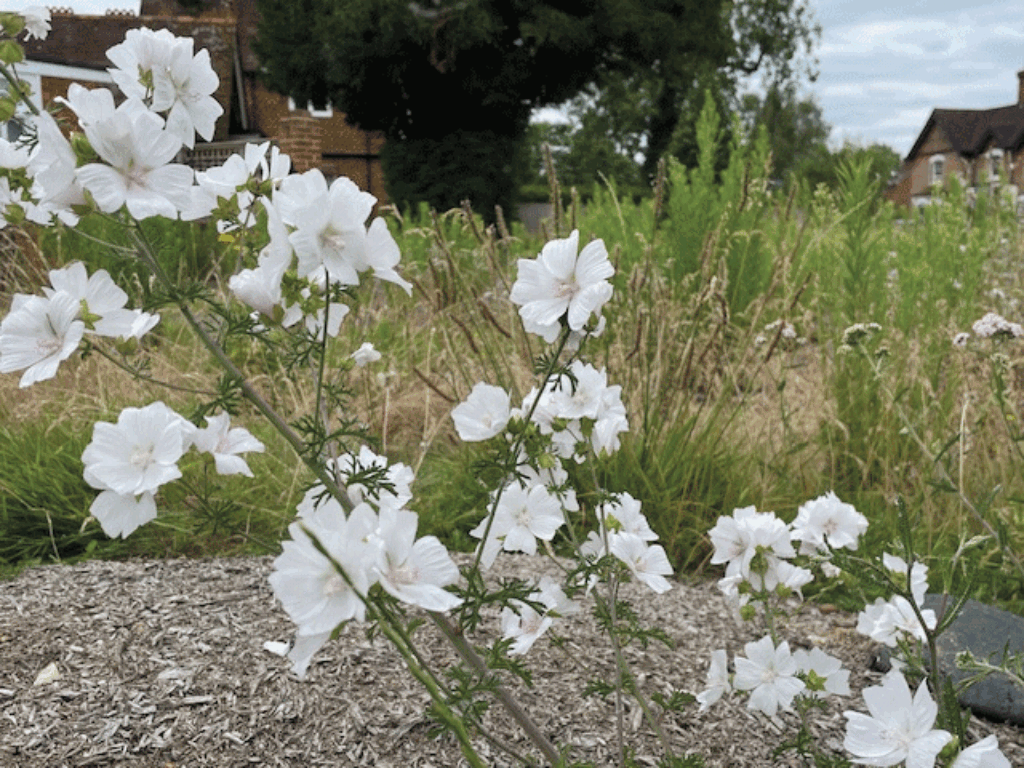
Nature asserts itself surprisingly quickly. I have been watching the ‘greening’ of the unused car park at what was Yew Tree Vets by the obelisk. The lawn is now a meadow and there are many wild flowers colonising. A great improvement.
At Knowle Park there has been a newcomer to the Lake. The Marsh frog, Rana ridibunda has put in an appearance. How it arrived there is not known but its loud croak gave it away. It is a large frog with dark markings, and green splotches – the back of the thighs are white. It likes to croak in chorus – and it has been observed that the nearby contractors’ machinery sets it off – perhaps because there are not enough frogs to make up a chorus yet!
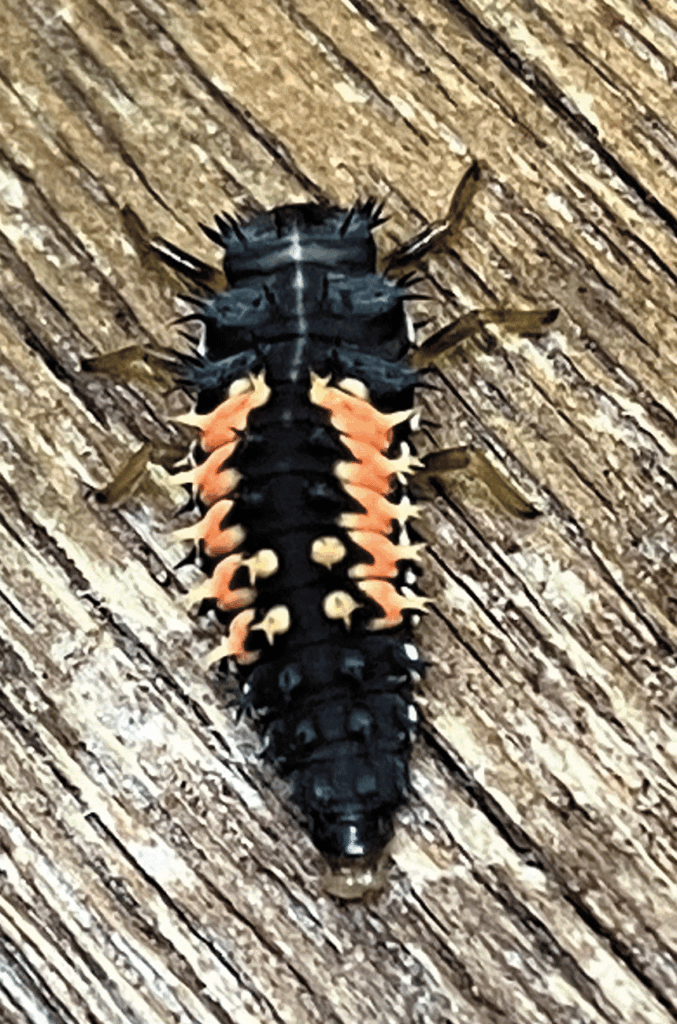
Bug of the Month is this yellow and black creature shown in the photograph and was spotted in a nearby garden. After some research it seems to be a ladybird in its pupal stage. Possibly the harlequin ladybird. The female ladybirds come out of hibernation in the spring and lay a batch of eggs which hatch in 3-10 days. These are the larvae which feed and grow. The next stage is the pupal one – the bugs are anchored to the plants and do not feed. Finally the adult ladybird emerges. This is a very beneficial friend to the gardener as both the larvae and the adult feed voraciously on aphids. For reasons that are not clear, some years there are vast numbers and some years there are hardly any. Fingers crossed; I hope for a year of plenty as I can supply quantities of aphids.



